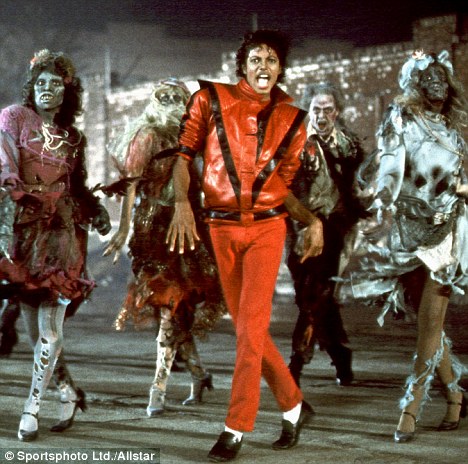The Leather of the Icons
“This here jacket represents a symbol of my individuality and my belief in personal freedom,” said the notorious romantic Sailor Ripley, played by Nicholas Cage, in Wild at Heart. Released in 1990, it poignantly describes half a century’s attitude towards the leather jacket – an expression of indomitable freedom and fierce individuality. While shoes and handbags made from leather were far more ubiquitous in the 20th century, the jacket carved its own niche and told its own story. It travelled a long way down the centuries before its form was perfected in the Bomber jackets of World War 1 and the Biker jackets of the 1930s – still retaining its shield-like purpose against extremities of man and nature.
Everything changed for the leather jacket at the turn of the 50s when it was catapulted to iconic status with the dawn of popular culture. Films became commentaries on the growing angst of the American Youth and their distress with a country at perpetual war. Figures like Marlon Brando and James Dean emerged as heroes of rebellion and with them, the leather jacket was raised to a symbol of defiance and freedom. Passing through the 60s and 70s, music and its stars adopted it as they too were transforming into voices that chose to break the norm. By the 90s, the leather jacket had firmly been placed as a mark of unconfined individuality and an untamable spirit.
We look at its journey across the 20th century through the eyes of its most iconic admirers.
1950s: An Accomplice to a Cause

LOS ANGELES – 1955: Actor James Dean poses for a Warner Bros publicity shot for his film ‘Rebel Without A Cause’ in 1955 in Los Angeles, California. (Photo by Michael Ochs Archives/Getty Images)
Rebel Without a Cause released in 1955, taking with it James Dean and his red leather jacket into the flurry of stardom. The angry young man emerged with a cause and his leather jacket stood faithfully by his side.

Marilyn Monroe
The soldiers fighting a losing Korean War found reprieve in the stunning beauty of Marilyn Monroe when she went to visit the troops in 1956. Her fur-lined B-157 Fighter leather jacket made it amply clear she was far more than a pretty girl holding down a white dress.
1960-70s: Wearing Rock ‘n Roll

Elvis Presley
A call for Peace Not War rang through Woodstock and the 60s but the leather jacket’s rebellious appeal to the young and restless hadn’t waned. Elvis Presley affirmed that he had certainly not left the building with his widely broadcasted Comeback Special of 1968. His black leather pants and jacket ensured he was anything but relevant.

Suzi Quatro
Breaking the synchronicity between men in leather and rock ‘n roll, Suzi Quatro owned her iconic all-black jumpsuit in every sense of the word when she donned it in 1973. “To this day, when I zip up, it just feels like I’m zipping on Suzi Quatro,” she told The Telegraph in an interview in 2013.
1980-90s: Pin-Up Leather

Indiana Jones
Although Harrison Ford hilariously exclaimed, “Whoever decided that Indiana Jones should wear a felt hat and a leather jacket in the jungles should have been shot”, the release of Indiana Jones and the Raiders of the Lost Ark in 1981 proved that leather could withstand the rugged adventures of the great outdoors. It now described a way of life, not just an attitude.

Michael Jackson
The leather jacket was transformed from being the mascot of a rebellious fringe movement to defining the beginning of a whole new era of popular culture overnight when Michael Jackson hit the screens with Thriller in 1982. Edgy and bold, the racing red jacket would be emulated for years to come as The King moonwalked his way to stardom.

Madonna
Whether it loved her or hated her, the 80s could simply not ignore Madonna. Breaking every barrier known to a woman in pop music, she turned to leather in every form to express her unmistakable individuality. In the 1985 hit film Desperately Seeking Susan, she personified avantgarde with her metallic khaki leather jacket and its iconic gold and red brocade pyramid-under-eye embroidery.

Tom Cruise
Top Gun hit the screens in 1986 and Tom Cruise as Maverick could be found on the walls of every teenage bedroom. Every girl wanted him and every man wanted to be him but most of them gladly settled for any version of his patched black G1 Flight Jacket – a craze that went on to define popular fashion right through the 90s.
